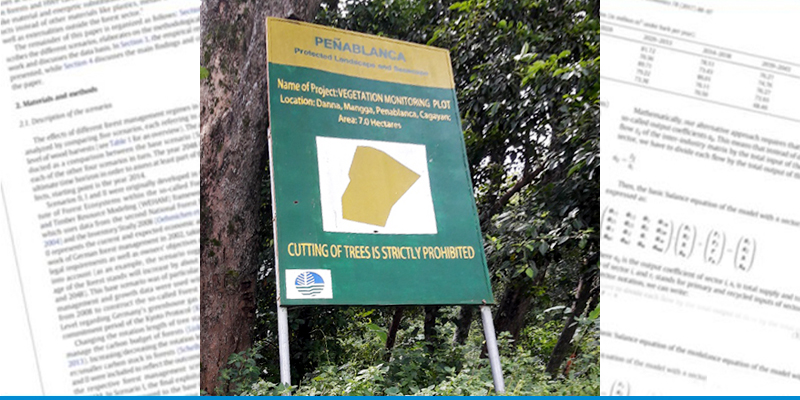Forest conservation measures such as the establishment of protected areas have been among the most common strategies in tackling the loss of forest cover and biodiversity. Meanwhile, many rural households globally rely on forest resources to secure their livelihoods. Consequently, forest conservation policies are often criticized for restricting locals' access to forest resources and undermining their livelihoods.
The current publication estimates the impact of forest conservation measures on the livelihood of rural households along the forest transition curve by accounting for the confounding factors. We found that the broader landscape context such as access to roads, the extent of remaining forest, and particularly the country context significantly impacts households’ income.
Our results, however, suggest no significant negative impact of forest restrictions on households’ income. This publication calls attention to the fact that the assignment of forest conservation policies is often not random. Many such policies are often assigned to areas with low development potential. Thus, the contextual factors in which households earn their livelihoods should be considered more carefully in the debate of nature protection versus poverty reduction.
- Sadeghi A, Zhunusova E, Günter S, Dieter M (2023) Households' livelihood in restricted forest landscapes: What is the impact of contextual factors? Forest Pol Econ 154:103008, DOI:10.1016/j.forpol.2023.103008
- Project:
LaForeT - Landscape Forestry in the Tropics




![[Translate to English:] Logo des Bundesministerium für Ernährung und Landwirtschaft](/media/allgemein/logos/BMEL_Logo.svg)